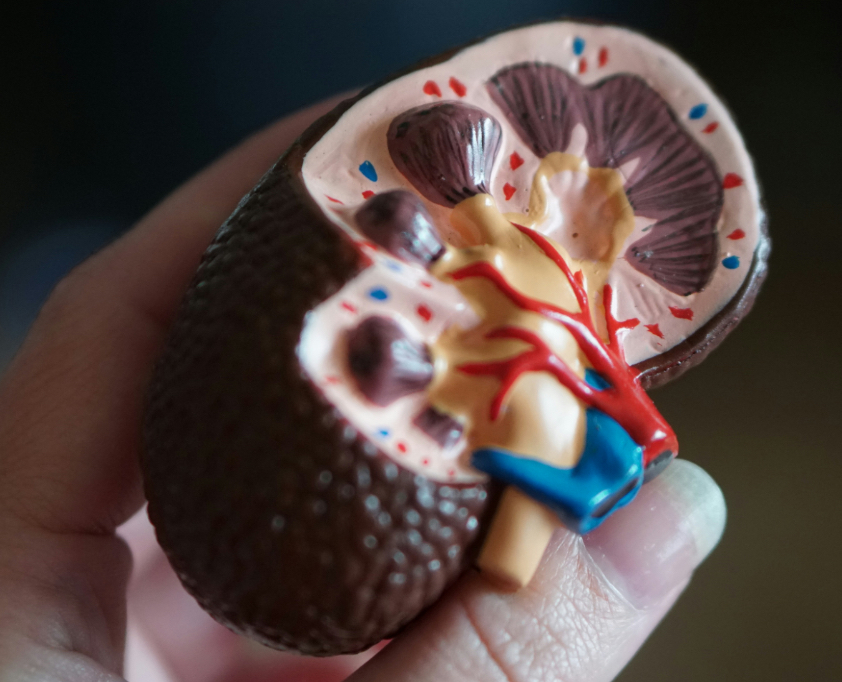Transverse myelitis, cauda equina syndrome, and Guillain-Barré syndrome are distinct neurological conditions affecting the spinal cord or peripheral nerves, each with unique causes, symptoms, and treatments. Below is a concise comparison of their differences:
1. Transverse Myelitis (TM)
- Definition: Inflammation across a section of the spinal cord, disrupting nerve signal transmission.
- Cause:
- Often autoimmune (post-viral, post-vaccination, or associated with conditions like multiple sclerosis or neuromyelitis optica).
- Idiopathic in some cases.
- Symptoms:
- Bilateral sensory loss, weakness, or paralysis below the level of the lesion.
- Bowel/bladder dysfunction.
- Pain, tingling, or burning sensations.
- Symptoms typically develop over hours to days.
- Location: Spinal cord (central nervous system), often thoracic or cervical segments.
- Diagnosis:
- MRI showing spinal cord inflammation.
- Lumbar puncture (CSF analysis may show elevated protein or white cells).
- Treatment:
- High-dose corticosteroids (e.g., methylprednisolone).
- Immunosuppressants or plasma exchange for severe cases.
- Physical therapy for recovery.
- Prognosis: Variable; 1/3 recover fully, 1/3 have residual deficits, 1/3 have severe disability.
2. Cauda Equina Syndrome (CES)
- Definition: Compression or injury to the cauda equina (bundle of nerve roots at the lower end of the spinal cord).
- Cause:
- Lumbar disc herniation (most common).
- Trauma, tumors, spinal stenosis, or abscess.
- Symptoms:
- Severe low back pain radiating to legs.
- Saddle anesthesia (numbness in perineum, buttocks, inner thighs).
- Bowel/bladder dysfunction (e.g., incontinence or retention).
- Lower extremity weakness or paralysis, often asymmetric.
- Loss of reflexes in lower limbs.
- Location: Lumbosacral nerve roots (peripheral nervous system), below L1-L2.
- Diagnosis:
- MRI or CT to identify compression (e.g., disc herniation or mass).
- Clinical exam for saddle anesthesia, reflex loss, or motor deficits.
- Treatment:
- Urgent surgical decompression (e.g., laminectomy or discectomy) within 24-48 hours to prevent permanent damage.
- Pain management and rehabilitation post-surgery.
- Prognosis: Depends on timing of intervention; delayed treatment can lead to permanent bowel/bladder or motor deficits.
3. Guillain-Barré Syndrome (GBS)
- Definition: Acute autoimmune polyneuropathy causing demyelination or axonal damage to peripheral nerves.
- Cause:
- Often triggered by infections (e.g., Campylobacter jejuni, CMV, Epstein-Barr virus, or Zika).
- Rarely associated with vaccinations or surgery.
- Symptoms:
- Symmetric ascending weakness starting in legs, progressing upward (over days to weeks).
- Tingling or numbness in extremities.
- Loss of deep tendon reflexes.
- Severe cases: respiratory muscle weakness or autonomic dysfunction (e.g., heart rate changes).
- Location: Peripheral nervous system (nerve roots and peripheral nerves).
- Diagnosis:
- Clinical history and exam (progressive weakness, areflexia).
- Lumbar puncture (CSF shows elevated protein with normal white cell count, aka albuminocytologic dissociation).
- Nerve conduction studies/EMG showing demyelination or axonal loss.
- Treatment:
- Intravenous immunoglobulin (IVIG) or plasma exchange.
- Supportive care (e.g., ventilation for respiratory failure).
- Physical therapy for recovery.
- Prognosis: Most recover fully or near-fully over months; 5-10% have residual weakness; mortality rare (3-5%).
Key Differences (Summary Table)
| Feature | Transverse Myelitis | Cauda Equina Syndrome | Guillain-Barré Syndrome |
|---|---|---|---|
| Primary Location | Spinal cord (CNS) | Cauda equina (PNS) | Peripheral nerves (PNS) |
| Onset | Hours to days | Acute (hours) | Days to weeks |
| Symptoms | Bilateral, sensory/motor loss, pain | Saddle anesthesia, asymmetric weakness, severe back pain | Symmetric ascending weakness, areflexia |
| Bowel/Bladder Issues | Common | Prominent (incontinence/retention) | Rare |
| Cause | Autoimmune, post-viral, idiopathic | Compression (disc, tumor, trauma) | Post-infectious autoimmune |
| Diagnosis | MRI, CSF analysis | MRI/CT, clinical exam | CSF, EMG, nerve conduction |
| Treatment | Corticosteroids, immunosuppressants | Urgent surgery | IVIG, plasma exchange |
| Prognosis | Variable (1/3 full recovery) | Good if treated early; poor if delayed | Most recover; residual weakness in 5-10% |
Notes
- Urgency: Cauda equina syndrome is a surgical emergency requiring immediate intervention, unlike TM or GBS, which are managed medically.
- Symmetry: GBS typically presents with symmetric symptoms, while CES can be asymmetric, and TM is usually bilateral but depends on the spinal cord lesion.
- Progression: GBS has a characteristic ascending pattern, while TM affects a specific spinal level, and CES involves nerve roots below the spinal cord.
Disclaimer: Owerl is not a doctor; please consult one.


Leave a Reply